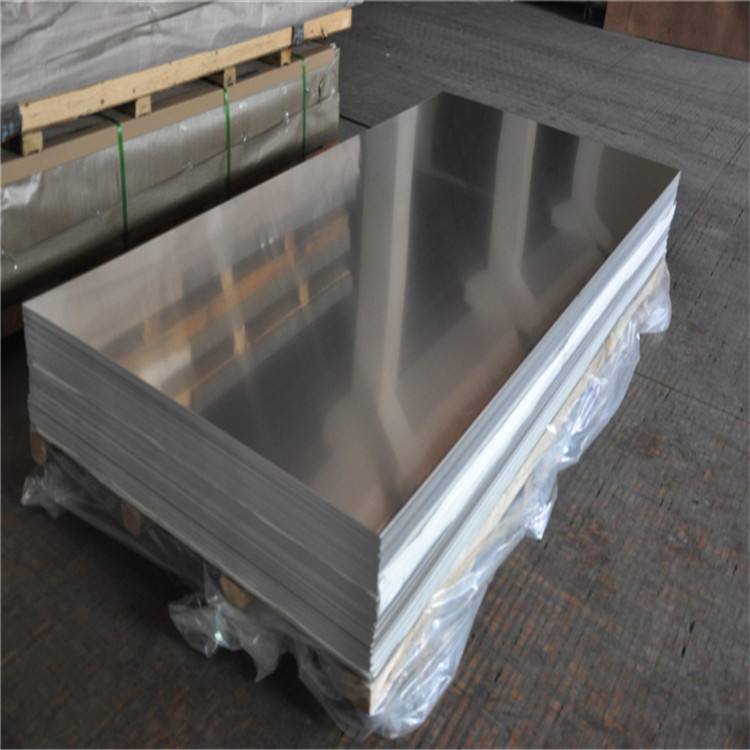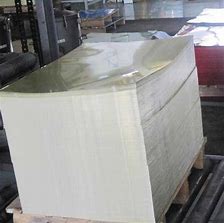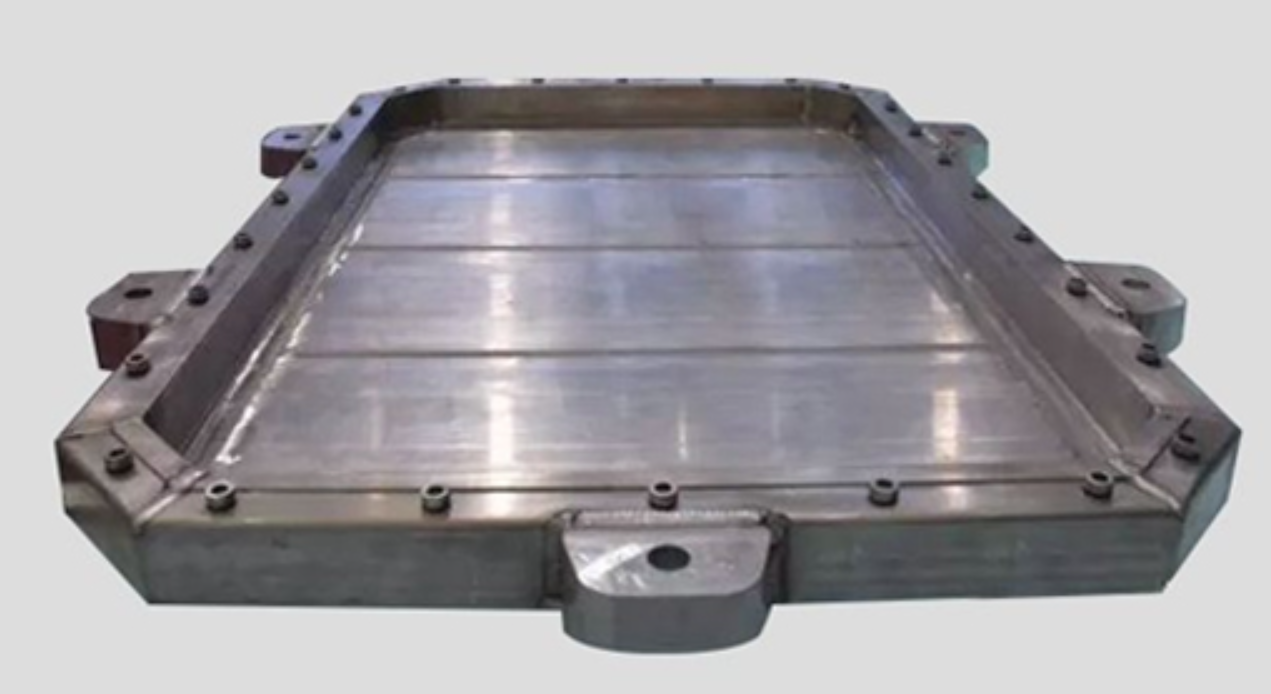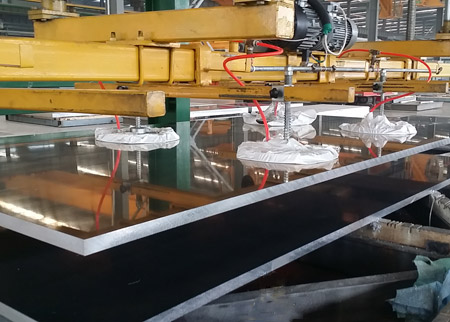



Aluminium alloys are mainly used as structural materials in aircraft, such as skins, frames, propellers, fuel tanks, wall panels and landing gear struts. The development of aluminium alloys in aerospace applications can be divided into several stages: in the 1950s, the main objective was to reduce weight and improve the specific stiffness and strength of the alloy; from the 1960s to the 1970s, the main objective was to improve the durability and damage tolerance of the alloy, and the 7XXX series alloy T73 and T76 heat treatment system, 7050 alloy and high purity alloy were developed; in the 1980s, further weight reduction of the structure was required due to rising fuel prices The development of aluminium alloys from the 1990s to the present has been aimed at further weight reduction and further improvement of the durability and damage tolerance of the alloys. For example, the development of new aerospace aluminium alloy plates with high strength, high toughness and high corrosion resistance, and the use of a large number of thick plates processed into complex integral structural components instead of components previously assembled with many parts, not only can reduce the weight of the structure, but also ensure stable performance. To achieve this it is necessary to develop a thick plate material with low internal stress.
One generation of aircraft, one generation of material, aluminium for aviation has developed to the third generation of aluminium alloy material represented by aluminium-lithium alloy. There are three stages in the development of aluminium for aviation: the first stage is 1930s-1960s, 2 series aerospace aluminium alloy plates made all-metal aircraft mainstream, while 7 series aluminium alloys represented by early 7075 made it possible for passenger aircraft to fly in the stratosphere, represented by DC-3, B-29 & 70; the second stage is 1960s-1990s, 7050 and 7055 etc A series of new 7 series aluminium alloys were developed to improve the specific strength while taking into account the fatigue characteristics, represented by the A300 series and 777. In addition to aluminium-lithium alloys, aluminium-based composites and superplastic forming aluminium alloys are also the key research directions of current aerospace aluminium alloy plates.
* Thank you for your inquiry. Please provide your business needs information so that we can better serve you.
This information can help us assign the most suitable person to solve your problem. We will give you feedback within 1-2 working days.
Related Blog







